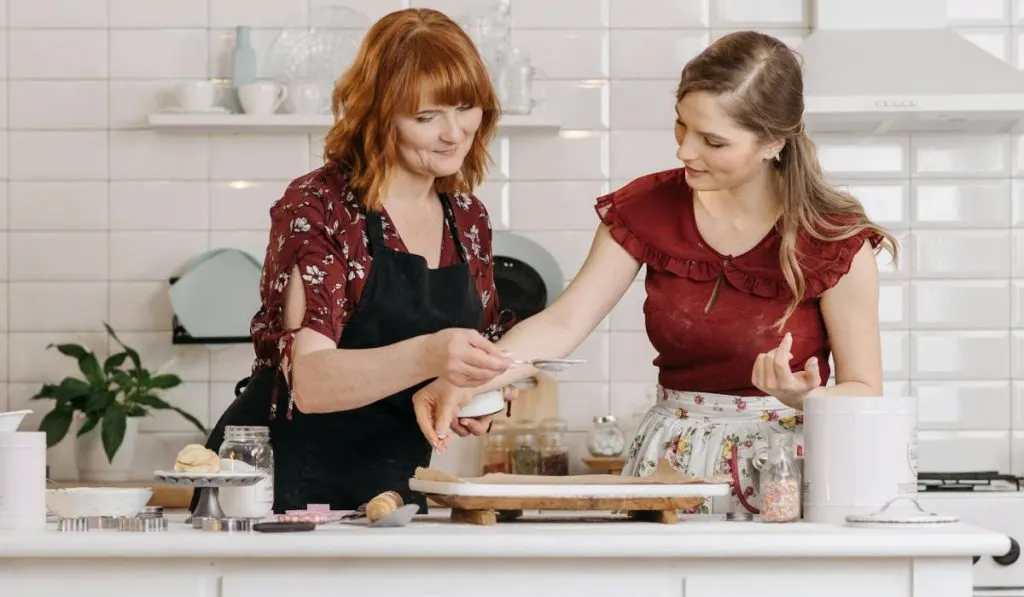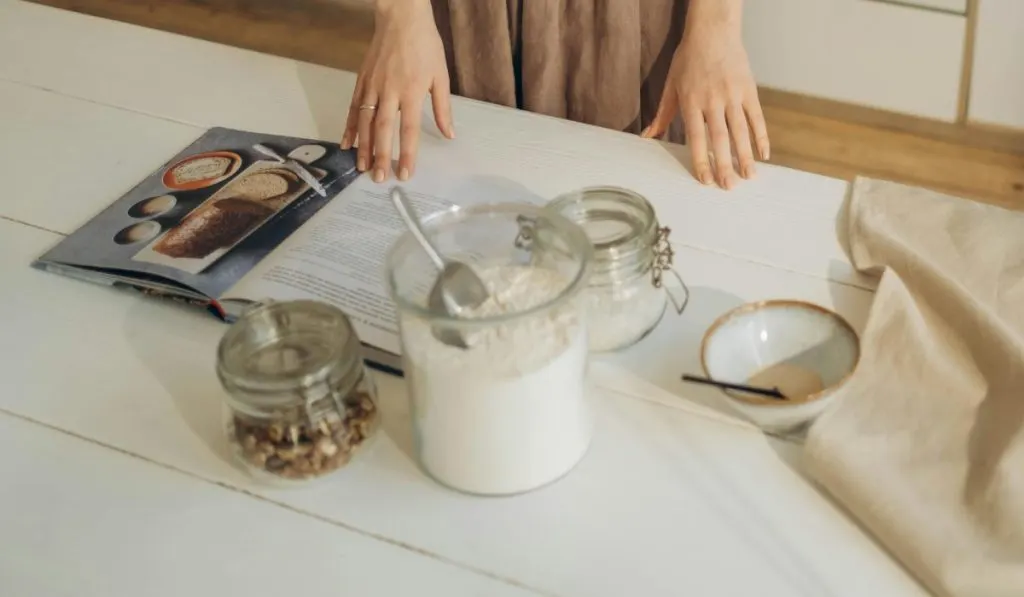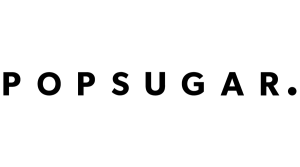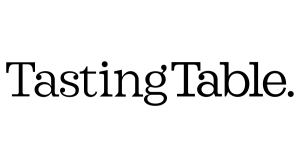
There’s something magical about a warm, crusty loaf of sourdough fresh out of the oven. But for many aspiring bakers, that magic quickly turns into frustration. The seemingly complex process, endless waiting periods, and mysterious terms like “levain” and “autolyse” can be overwhelming. Many beginners find themselves with dense, flat loaves or dough that seems to have a mind of its own.
That’s where a Beginner’s Sourdough Bread Course comes in to save the day. With the right guidance, making sourdough bread can go from a daunting task to an exciting journey full of delicious rewards. In this guide, we’ll break down the ins and outs of sourdough bread making, offering you all the tips and insights you need to succeed on your first loaf.
TL;DR
- Learn from Scratch: A good course covers everything from sourdough starter to the final bake.
- Focus on Fundamentals: Consistency, hydration levels, and proper fermentation are the key pillars.
- Hands-On Practice: Sourdough is all about feel and intuition, which you’ll develop through guided practice.
- Understanding Common Pitfalls: Avoid rookie mistakes like under-proofing or improper scoring.
- Become a Confident Baker: Master the process step by step to bake sourdough bread that wows every time.
Why Start a Sourdough Bread Course?
From Intimidation to Inspiration
Let’s face it — sourdough has a reputation for being a bit of a diva. While it’s more demanding than other bread types, it’s not impossible for a beginner to tackle. The truth is, anyone can make great sourdough at home. A beginner’s course can be the difference between a deflated, dense loaf and a masterpiece with a crisp crust and airy crumb.
A solid course offers you:
- Step-by-Step Guidance: Learn the basics in an easy-to-understand sequence.
- Tried-and-True Techniques: Benefit from tested methods that take the guesswork out of baking.
- A Sense of Community: Share experiences, tips, and encouragement with fellow bakers.
What to Expect in a Beginner’s Sourdough Course
The Essential Toolkit
Before diving into the actual process, you need to know your tools. A quality course will introduce the essentials — your sourdough starter, flour types, proofing baskets, and more. You don’t need a bakery-level setup, but there are some must-haves for success:
- Sourdough Starter: The living heart of sourdough bread. You’ll learn to make and maintain one.
- Digital Scale: Accuracy is key, so ditch the cups and go for grams.
- Dutch Oven or Baking Stone: For that crunchy crust.
- Bench Scraper and Dough Hook: For handling your dough without getting sticky fingers.
Getting Familiar with the Sourdough Starter
At the core of every sourdough bread is the starter — a simple combination of flour and water that becomes a living culture of wild yeast and bacteria. A beginner’s course will guide you through the process of building and maintaining your starter, teaching you how to feed it, how to keep it happy, and how to know when it’s ready to be used.
This is where a lot of beginners get stuck. Is my starter bubbling enough? Did I kill it? How often do I need to feed it? These questions are all part of the learning curve. But here’s an insider tip: as long as you feed your starter regularly, it’s much more resilient than you think. Many beginner bakers give up too early on their starters — don’t be one of them!
Kneading, Folding, and Fermentation
Once you’ve got your starter going, it’s time to make dough. A beginner’s course will typically cover the process of mixing your ingredients, kneading or folding the dough, and allowing it to ferment. Fermentation is where the magic happens — this is the step that gives sourdough its unique flavor and texture.
Courses will help you understand the dough’s “feel.” Is it stretchy? Smooth? Sticky? Through hands-on practice, you’ll learn how to handle the dough at different stages, and adjust hydration levels to get the texture just right.
- Kneading vs. Stretch-and-Fold: Traditional kneading builds gluten strength, but many bakers opt for a gentler stretch-and-fold technique, which is easier on the hands and just as effective.
- Bulk Fermentation: A critical phase where dough develops flavor. Courses will guide you on how to tell when your dough is ready to shape.
Shaping and Scoring
Once your dough is fermented, it’s time to shape it. Learning to shape sourdough is a bit like learning to tie your shoes — tricky at first, but second nature once you get the hang of it. From tight rounds to rustic batards, a beginner’s course will guide you through forming your dough into beautiful shapes.
And then, there’s scoring — the process of slashing the dough to control how it expands in the oven. This is both an art and a science. An experienced baker like Sandra Olvera would say that scoring is your signature on the bread, so don’t be afraid to experiment with different designs once you get comfortable!
Overcoming Common Mistakes
Every sourdough journey has its stumbles. A good beginner’s course will help you troubleshoot problems like:
- Dense Loaves: Usually due to under-proofing, or not allowing your dough to ferment long enough.
- Flat Bread: Over-proofing or not enough surface tension while shaping can lead to a pancake-like loaf.
- Sticky Dough: This can be tricky to handle; flour type, hydration levels, and weather conditions all play a role.
Courses teach you how to adjust for these factors, turning mistakes into learning opportunities. Every “failure” is a step closer to becoming a better baker.

Why Sourdough Bread is Worth the Effort
Health Benefits
Sourdough isn’t just about great flavor; it has health benefits, too. The natural fermentation process makes it easier to digest than commercial bread, and it has a lower glycemic index. A course will often delve into these benefits, giving you the satisfaction of knowing your delicious loaf is also good for you.
A Creative Outlet
Baking sourdough is a creative process that connects you to tradition. It’s about getting your hands dirty, feeling the dough, and finding your own style as a baker. Once you master the basics, you can start experimenting with flavors and flours, adding seeds, nuts, or even olives to make the bread uniquely yours.
Insider Tips for Sourdough Success
As a seasoned sourdough baker, I have picked up some secret tips over the years:
- Don’t Rush Fermentation: Give your dough time to develop flavor. A long, slow fermentation in the fridge can do wonders.
- Use High-Quality Flour: It makes a difference. Whole grain flours add complexity, while bread flour provides strength and structure.
- Listen to Your Dough: Weather, flour type, and even the temperature of your kitchen will change how your dough behaves. Learn to read it and adjust as necessary.
Discover Our Exclusive Sourdough Course
Ready to elevate your sourdough skills to the next level? At True Sourdough, we offer a comprehensive and engaging online course designed for bakers of all levels. Our course provides step-by-step guidance, insider tips, and interactive support, allowing you to master the art of sourdough right from your kitchen. Join our baking community today and start crafting delicious loaves with confidence.
Conclusion: Your Sourdough Journey Starts Here
With the right guidance from a beginner’s sourdough course, you’ll be able to bake bread that not only looks good but tastes amazing. The journey from flour and water to a golden loaf is incredibly rewarding, and every loaf will teach you something new. So grab your apron, get your hands floury, and start baking!
FAQs
What is the best flour to use for sourdough bread?
Bread flour is ideal for beginners as it provides the strength needed for a good rise, but whole wheat or rye flour can add great flavor and texture.
How long does it take to make sourdough bread from start to finish?
Typically, it takes about 24 hours from the initial mixing of ingredients to baking, including fermentation and proofing time.
Do I need any special equipment to start baking sourdough?
A digital scale, mixing bowl, and a Dutch oven or baking stone are recommended. Other tools like a bench scraper and proofing basket can be helpful.
Can I use all-purpose flour instead of bread flour?
Yes, but keep in mind that bread flour has more protein, which gives better structure and rise. All-purpose flour can work but may result in a slightly denser loaf.
How do I know when my sourdough starter is ready to use?
Your starter is ready when it’s bubbly, has doubled in size after feeding, and passes the “float test” — a small amount floats in water.
Join Us and Transform >
Don’t Be an Amateur! Master the Art of Sourdough Bread!





Leave a comment